The sky isn’t empty—it’s ruled.
High above the treetops and mountain ridges, there are eyes sharper than any telescope, wings that slice through storms, and talons that don’t ask—they take.
These raptors don’t just fly.
They command.
From silent owls that ghost through forests to eagles that blot out the sun, America’s skies are packed with predators who don’t just survive—they dominate.
Each one is a master of air and instinct, built for speed, stealth, and strength.
And while we watch in awe from below, these 17 rulers don’t give us a second glance.
They’ve got bigger things to focus on—like spotting a mouse from a mile away or riding thermals for hours without flapping a wing.
Meet the feathered elite who own the skies.
This is their territory.
We’re just lucky to witness it.
Bald Eagle

The Bald Eagle, with its striking white head and tail, embodies the spirit of freedom. Known for its incredible strength, this bird can carry prey up to four pounds in weight. Its sharp talons and hooked beak make it a proficient hunter. In flight, it commands attention with a wingspan reaching over seven feet. The Bald Eagle’s nest, or aerie, is a masterpiece of construction, often reused and expanded over years. Observing this powerful raptor in action is a breathtaking experience, a symbol of American wildlife at its finest.
Peregrine Falcon
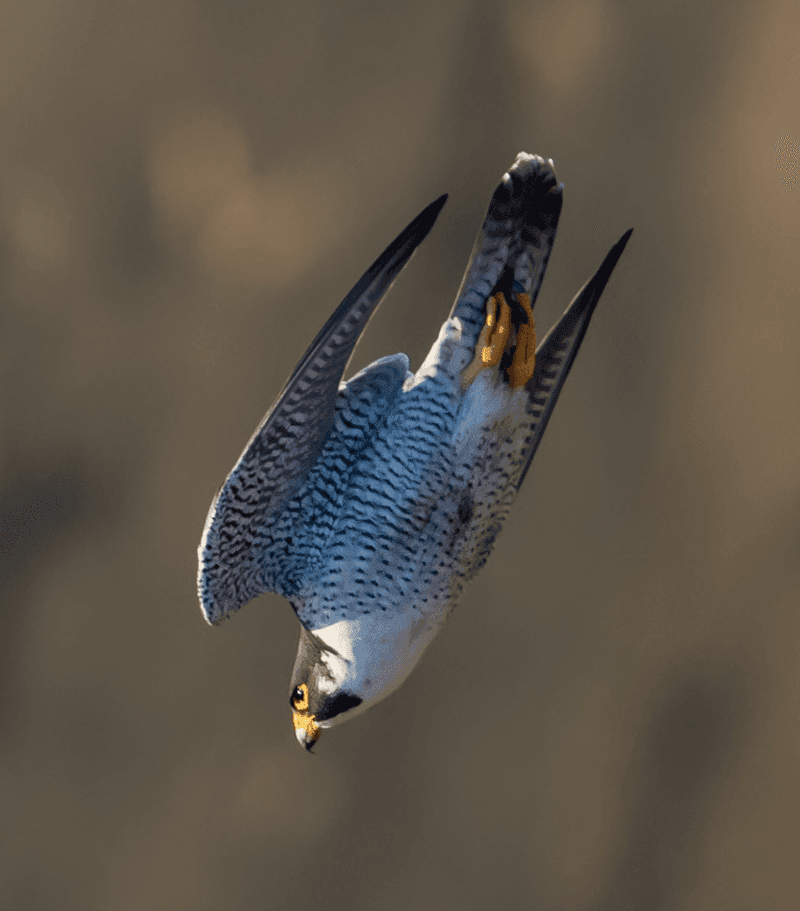
The Peregrine Falcon is renowned for its speed, reaching over 240 miles per hour during hunting dives. This aerodynamic predator is found in diverse environments, from urban areas to coastal cliffs. Its sharp eyesight allows it to spot prey from great distances. Once endangered due to pesticide use, the Peregrine Falcon has made a triumphant comeback. Its hunting prowess and adaptability make it a fascinating sight whether perched or in flight. Watching a Peregrine in action is witnessing nature’s engineering at its peak.
Red-tailed Hawk
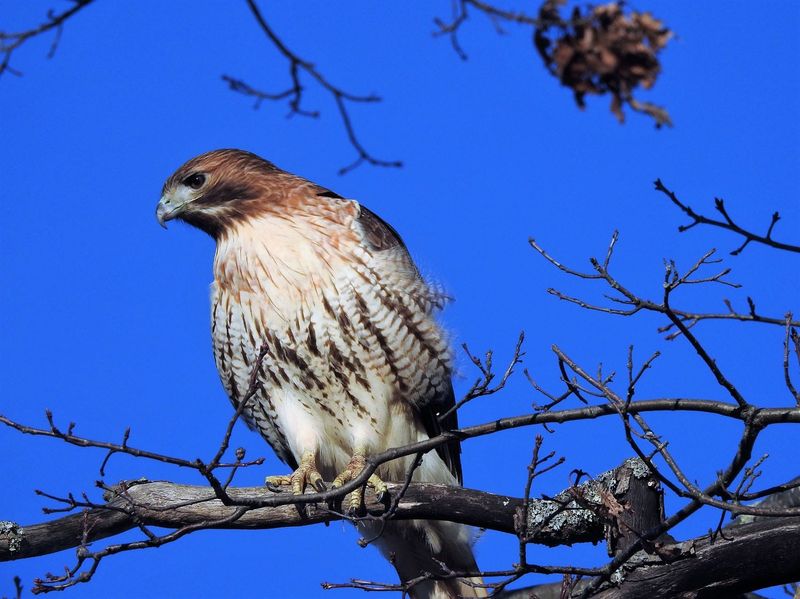
The Red-tailed Hawk is a familiar sight across North America, easily recognized by its distinctive red tail. This versatile hunter adapts to various habitats, from deserts to forests. Its broad wings and tail enable effortless soaring, often seen circling high above in search of prey. Red-tailed Hawks exhibit a variety of calls, each serving a unique purpose in communication. These raptors often form monogamous pairs, showcasing loyalty rarely seen in the avian world. Their watchful gaze is a testament to their role as vigilant protectors of their territory.
Great Horned Owl
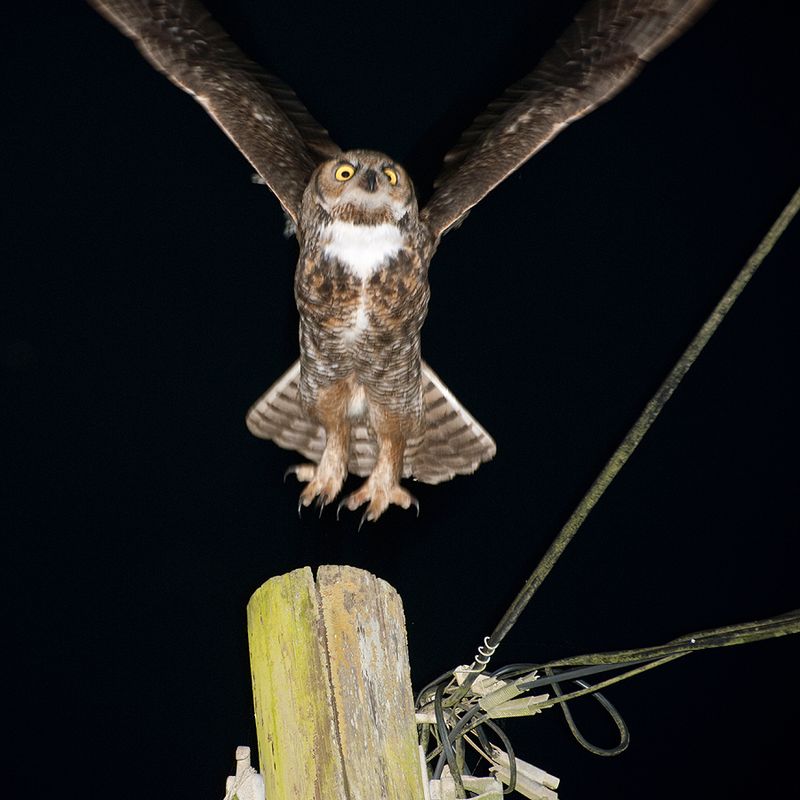
The Great Horned Owl, with its tufted ears, is a master of stealth and surprise. Known for its haunting call, this owl is equally at home in forests and urban areas. Its powerful talons and silent flight make it a formidable night hunter. Remarkably adaptable, it preys on a wide range of animals, from rodents to larger mammals. During courtship, pair bonding is reinforced through synchronized hooting. This raptor’s nocturnal habits and mysterious demeanor add to its allure, making it a favorite among bird enthusiasts.
Golden Eagle
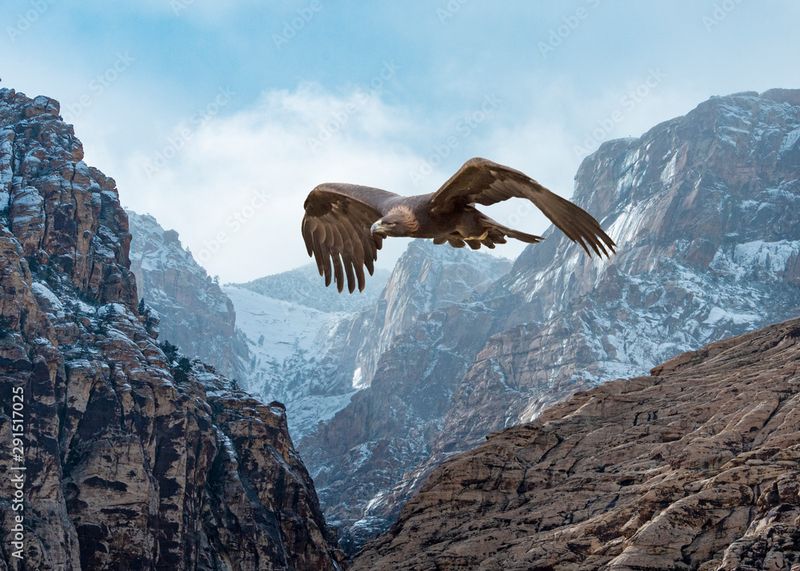
Golden Eagles are commanding predators of the sky, known for their incredible strength and agility. They inhabit open and semi-open landscapes, where they hunt mammals and other birds. With a wingspan reaching up to seven feet, they are among the largest birds of prey in North America. Their keen eyesight aids in spotting potential targets from miles away. The golden nape feathers that give them their name shine brightly in the sun, highlighting their regal appearance. Observing a Golden Eagle is witnessing the epitome of wild grace.
American Kestrel
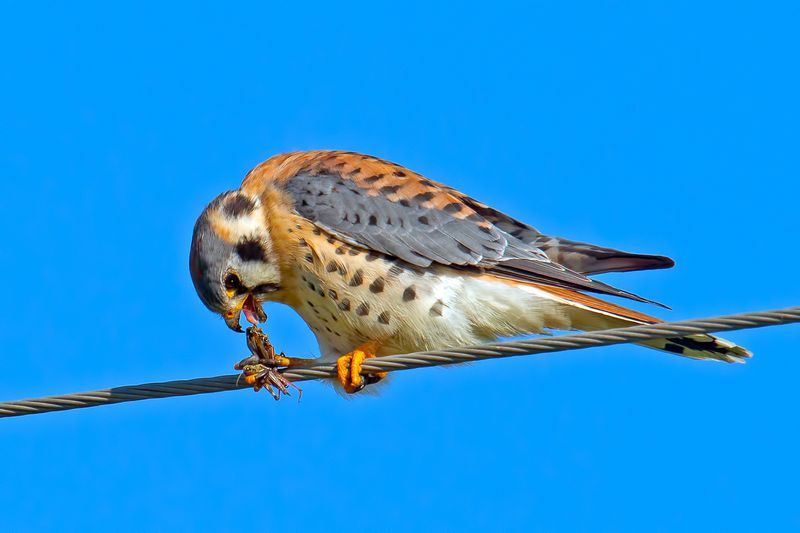
The American Kestrel, though small, is a fierce predator. Known for its vibrant plumage, this bird displays a beautiful blend of rust, blue, and white. It often hovers in place before striking its prey, showcasing its exceptional hunting technique. Adaptable to both rural and urban environments, kestrels are often seen perched on utility wires. This falcon is not just a hunter but also a master of acrobatics in the air. Its spirited presence and colorful appearance make it a delightful subject for bird watchers.
Northern Harrier

The Northern Harrier, with its owl-like face, is a distinctive raptor found in marshes and open fields. It hunts by gliding low over the ground, using its keen hearing to detect prey. This unique adaptation sets it apart from other hawks. The male, elegantly gray, contrasts with the larger female’s brown plumage. Harriers are known for their sky-dancing courtship displays, a mesmerizing aerial performance. Their adaptability and hunting skills make them intriguing subjects for ornithologists and bird lovers alike.
Osprey
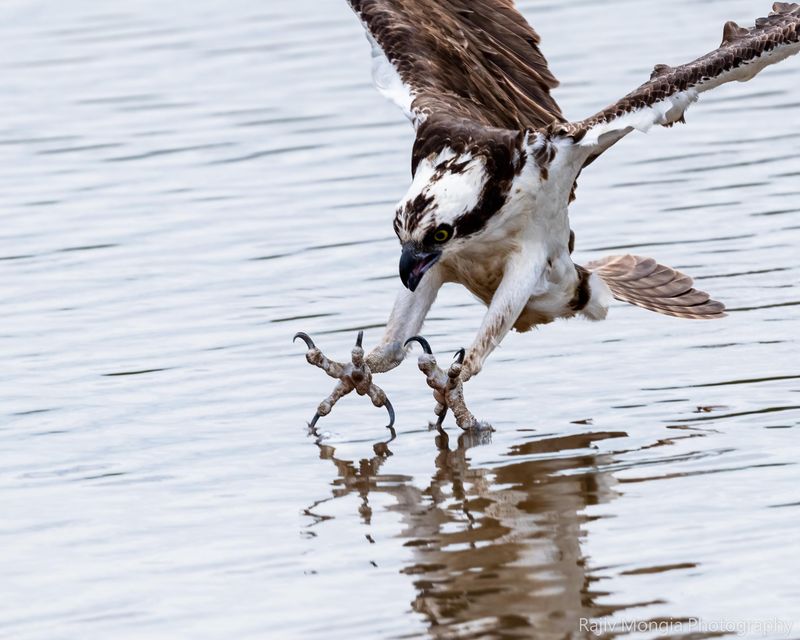
The Osprey is a specialist, its diet almost exclusively fish. With reversible toes and barbed pads, it’s perfectly adapted to gripping slippery prey. This raptor’s dramatic fishing dives are a spectacle, plunging feet-first into the water. Found near large water bodies, the Osprey builds large stick nests on high structures. These nests are often reused and built upon each year. With a wingspan close to six feet, its presence is commanding. Observing an Osprey in action is a testament to specialized evolution at work.
Swainson’s Hawk
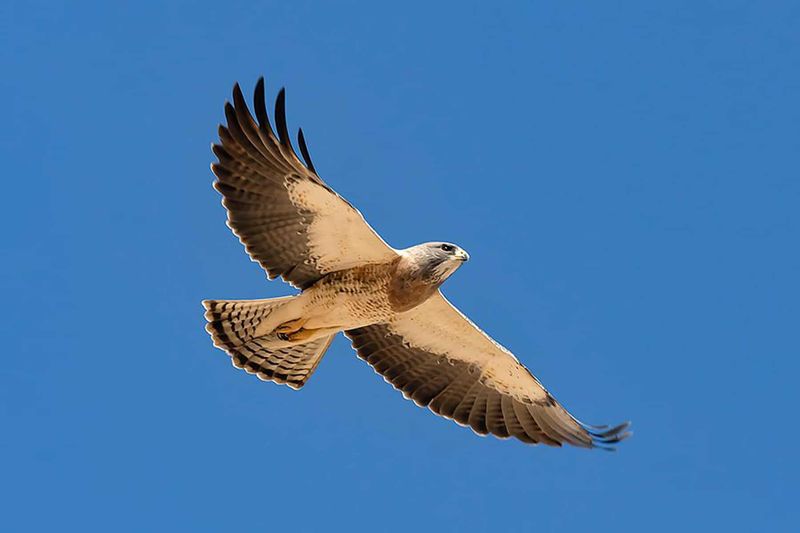
Swainson’s Hawks are migratory wonders, traveling thousands of miles between breeding and wintering grounds. Found in the open plains of western North America, they are adept at soaring long distances. Their diet shifts from insects to mammals as seasons change, showcasing their adaptability. During migration, they form large flocks, sometimes numbering in the thousands, known as “kettles.” This communal travel is a sight to behold. Observing a Swainson’s Hawk in its natural habitat highlights nature’s incredible journeys.
Cooper’s Hawk
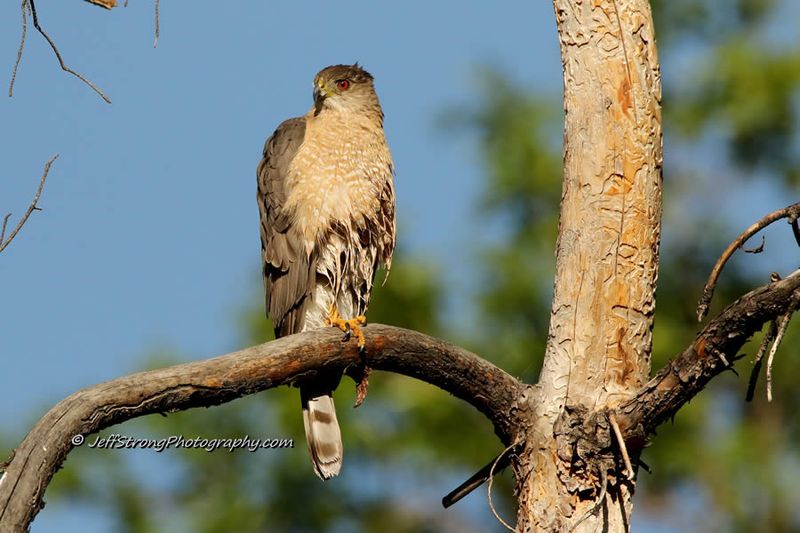
Cooper’s Hawks are agile hunters, adept at navigating through dense forests. Their short, rounded wings and long tail allow for quick maneuvers. Known for preying on smaller birds, they exhibit remarkable stealth and speed. These hawks have adapted well to suburban environments, often seen near bird feeders. Their piercing red eyes and slate-gray plumage add to their striking appearance. Cooper’s Hawks are relentless in their pursuit, embodying the spirit of a true hunter. Their presence is a testament to nature’s adaptability.
Northern Goshawk
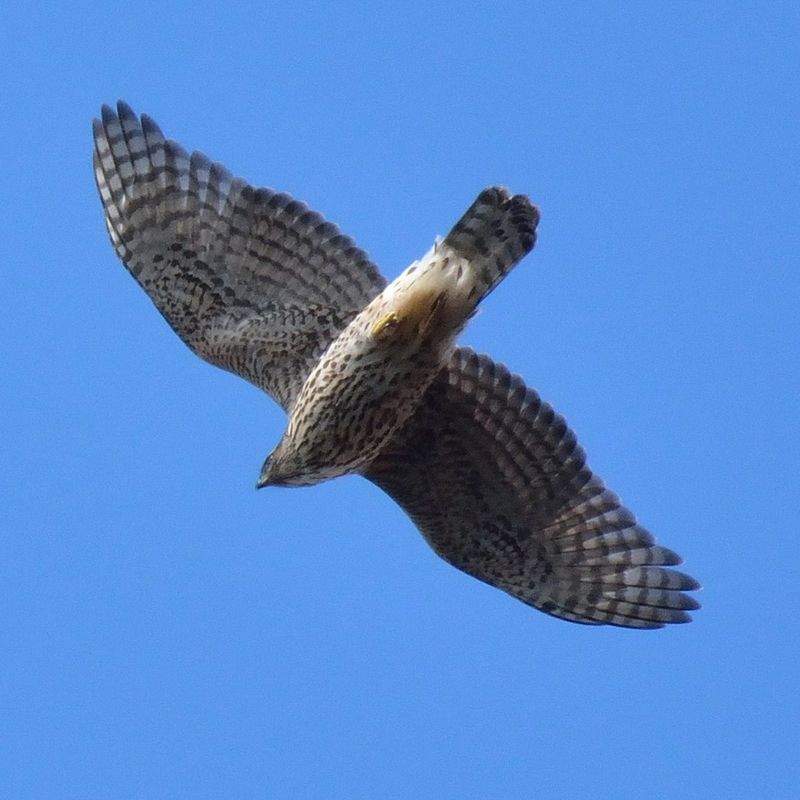
The Northern Goshawk is a formidable forest hunter, known for its fierce nature and agility. With broad wings and a long tail, it navigates through dense woodlands with ease. This raptor’s piercing red eyes and characteristic white eyebrow give it a distinguished look. Goshawks are known for their aggressive defense of their nesting territory. Their diet includes birds and mammals, showcasing their versatile hunting skills. Observing a Northern Goshawk in its element is witnessing a master of stealth and surprise.
Mississippi Kite
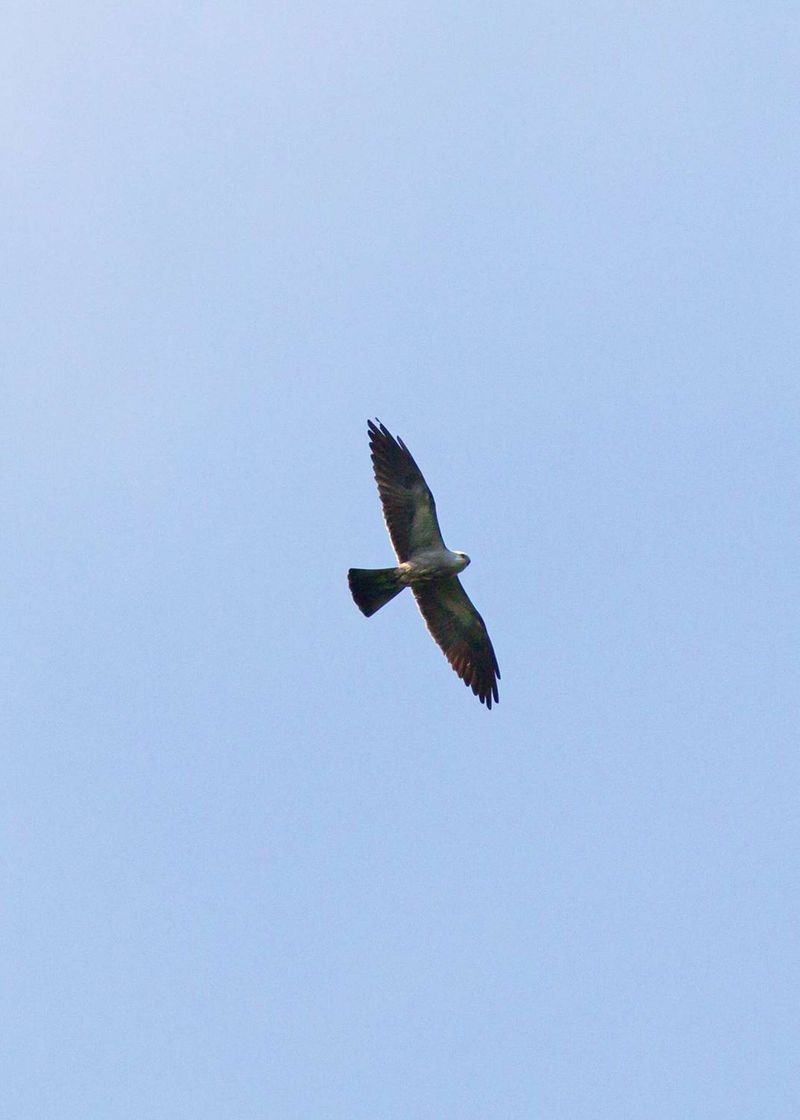
Mississippi Kites are graceful aerialists, performing with elegance in southern skies. These raptors are social, often seen in small groups, adding a playful note to their flight. Their diet primarily consists of insects, captured mid-air with precision. Among the most adaptable raptors, they thrive in both rural and urban settings. During breeding season, their courtship flights are a mesmerizing ballet. Observing a Mississippi Kite is akin to watching a masterclass in aerial grace and social interaction.
Ferruginous Hawk
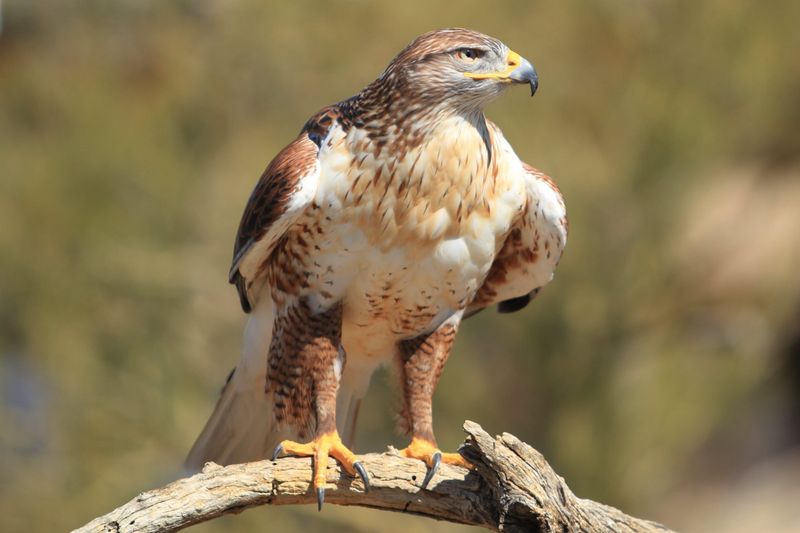
The Ferruginous Hawk, largest of North American hawks, dominates the open landscapes of the West. With a wide wingspan and robust build, it excels at soaring over vast terrains. Its plumage, a mix of rusty browns and whites, blends harmoniously with its environment. This raptor preys on small mammals, using its powerful dive to capture prey. During nesting, it constructs large nests, often visible from afar. Observing a Ferruginous Hawk is to witness the embodiment of strength and adaptation to open spaces.
Short-eared Owl
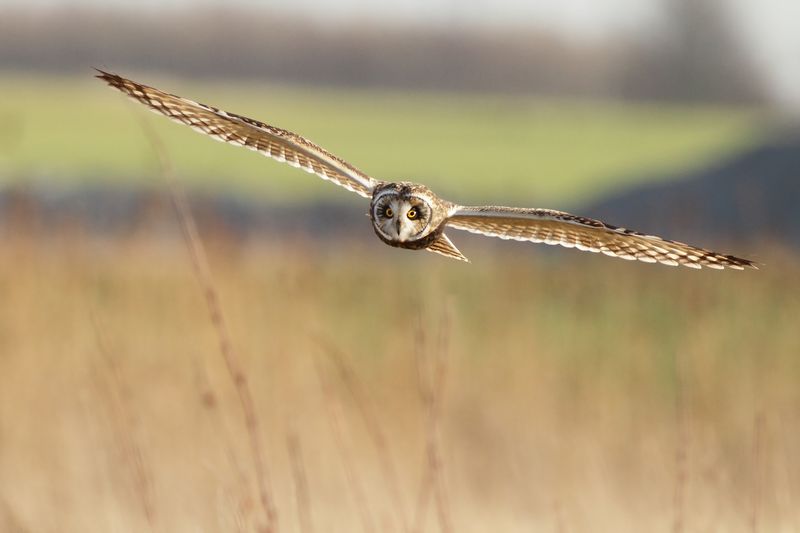
Short-eared Owls are masters of low-altitude flight, sweeping over grasslands in search of prey. Their flight is buoyant and moth-like, making them unique among owls. These raptors are nomadic, following prey populations across regions. With short tufts resembling ears, they exhibit a distinctive appearance. Their cryptic plumage provides excellent camouflage against predators. During breeding season, their aerial displays and vocalizations mark their territories. Observing a Short-eared Owl is engaging with a nomadic hunter of the skies.
Zone-tailed Hawk
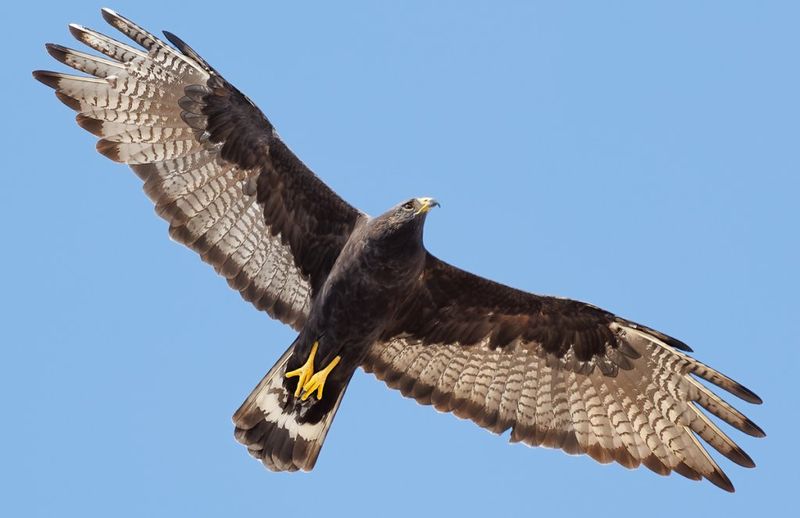
The Zone-tailed Hawk is a master of disguise, often flying among vultures to ambush unsuspecting prey. Its appearance mimics that of the more common Turkey Vulture, allowing it to blend in. This clever strategy aids in hunting, as it surprises prey not expecting a hawk’s agility. Found in southwestern U.S., its habitat ranges from deserts to forest edges. The hawk’s tail features distinctive white bands, adding to its striking look. Its unique hunting method and adaptability are subjects of intrigue for bird enthusiasts.
Rough-legged Hawk
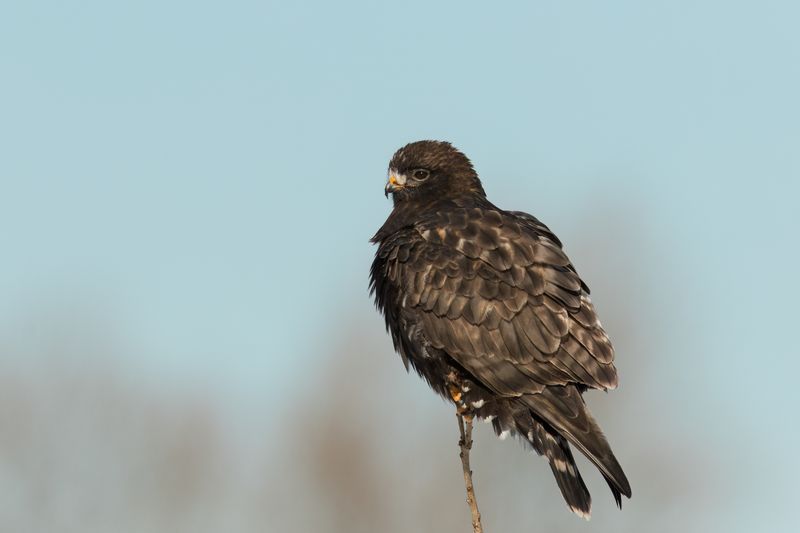
Rough-legged Hawks are Arctic breeders, migrating south for winter. Adapted for cold environments, their legs are feathered for warmth. These hawks inhabit open fields and marshes, hunting from perches or hovering in place. Their plumage varies, but they often display a pale head and dark belly. This raptor’s hunting technique involves hovering, a skill not common among hawks. Watching a Rough-legged Hawk in action during winter months is a reminder of nature’s resilience and adaptability to harsh climates.
Harris’s Hawk
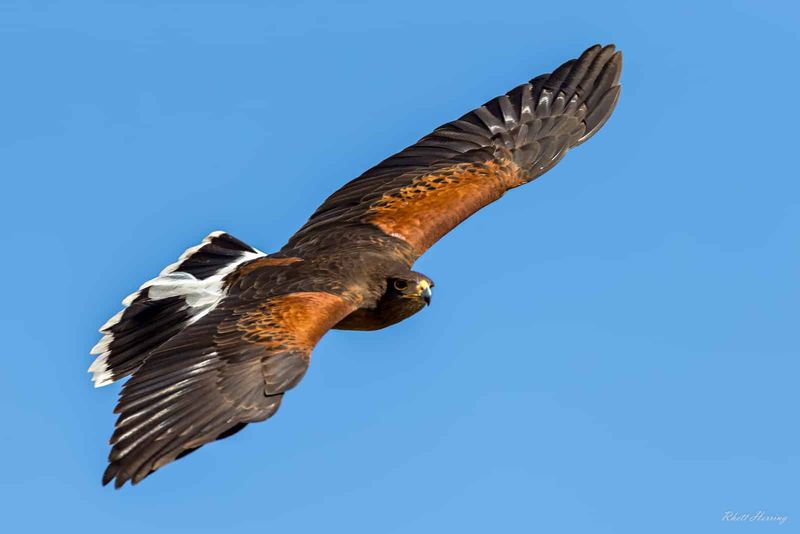
The collaborative spirit of the Harris’s Hawk sets it apart from other raptors. Known for hunting in groups, this hawk forms social units that strategize together to catch prey. Native to the arid landscapes of the American southwest, the Harris’s Hawk can often be found perched on cacti, scanning the terrain.
With striking brown plumage, yellow talons, and a white-tipped tail, its appearance is as captivating as its behavior. These birds exhibit remarkable intelligence, showcasing problem-solving skills that make them exceptional hunters.
Did you know? Harris’s Hawks are one of the few bird species that hunt cooperatively.

